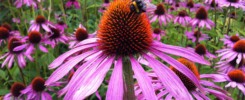By: Jay Soper, Communications Specialist (Metro Vancouver)
Summertime is here! As the hot weather rolls in, it’s time to pull out the patio chairs and gear up for a season filled with holidays, camping, barbecues, boating, beaches, and quality time with friends and family.
But along with the beautiful hot weather of summer comes increased water use. In fact, water use in Metro Vancouver can increase by over 50% in the summer and early fall, largely due to lawn watering and other outdoor uses. In an effort to conserve water during these months, Metro Vancouver launches annual region-wide watering regulations to ensure we’re using our drinking water wisely and effectively.
While it may seem strange to have watering regulations in a region that gets so much rain each year, it’s important to remember that most of our precipitation occurs between November and April, and the summer and early fall in Metro Vancouver are typically very dry.
In this article, we’ll provide lawn watering tips that will help keep your lawn healthy and looking great, while keeping water conservation top of mind and ensuring you’re adhering to the region-wide regulations.
How do the regulations work?
The lawn watering regulations help manage demand for drinking water during the summer, a time when our water use increases significantly. On average, we use 1 billion litres of water per day in Metro Vancouver, but in the hot dry summer months our water use can increase to over 1.5 billion litres per day. Under the lawn watering regulations, watering lawns is permitted only in the morning, avoiding evening hours when demand for water is highest for domestic use such as cleaning and cooking.
Stage 1 of the watering regulations come into effect automatically each year, running from May 1 to October 15. In this stage of the regulations, lawn watering is allowed only in the morning on certain days. For even-numbered addresses, lawn watering is permitted on Wednesday and Saturday mornings between 4am and 9am. For odd-numbered addresses, lawn watering is permitted on Thursday and Sunday mornings between 4am and 9am.
Watering trees, shrubs and flowers is permitted any day, from 4am and 9am if using a sprinkler, or any time if hand watering or using drip irrigation.
For more information about the lawn watering regulations, including important updates, go to http://www.metrovancouver.org/services/water/conservation-reservoir-levels/lawn-sprinkling/Pages/default.aspx
Lawn watering tips
Before you break out the garden hose and sprinkler, here are some tips for effective lawn watering during the hotter drier months:
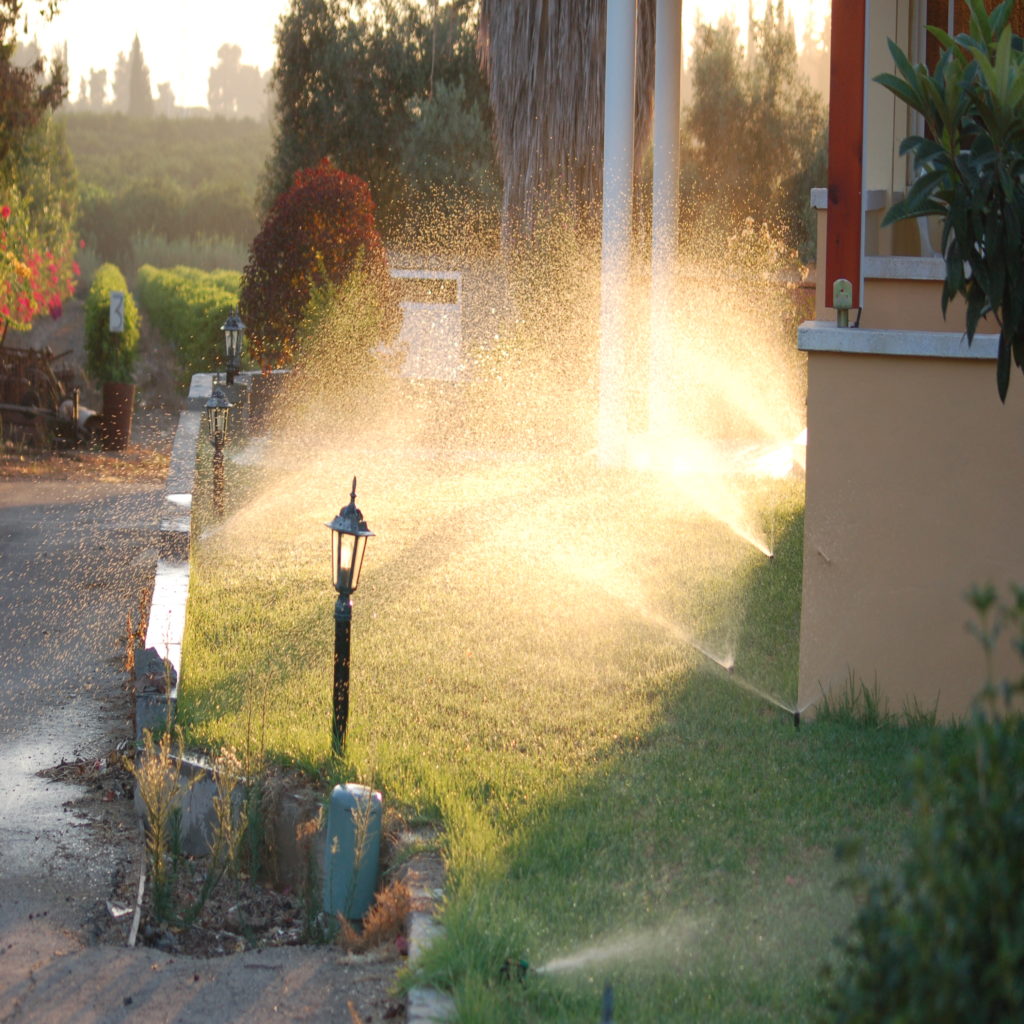
- Water early in the morning – While this happens to align with the watering regulations, it is also the absolute best time to water your lawn. The cooler temperatures and calmer winds help to keep evaporation at a minimum. Watering in the morning also helps keep the lawn cooler throughout the hotter parts of the day, reducing stress on the grass. While some may be tempted to water at night, following the logic of watering during the cooler temperatures, doing so actually makes your lawn more susceptible to fungus growth and disease.
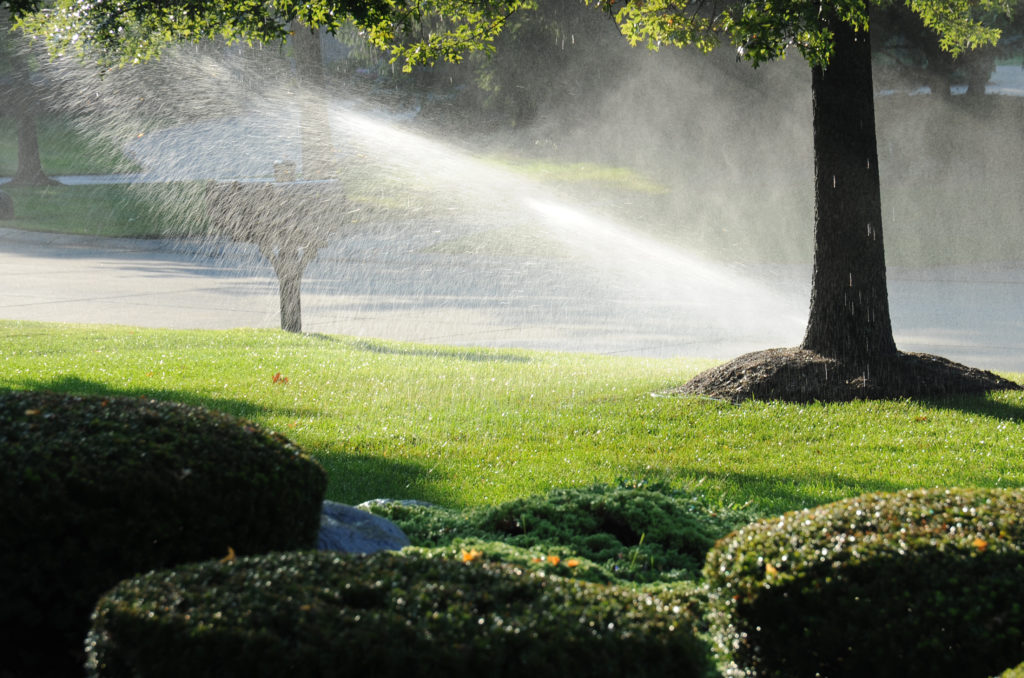
- 20 min, twice a week – Lawns typically have shallow roots and need as little as 2 cm of water per week to maintain a strong root system and stay healthy. Overwatering can actually be detrimental, promoting shallow rooting and leaching nutrients from your lawn. Aim to water your lawn for 20 minutes, twice a week.
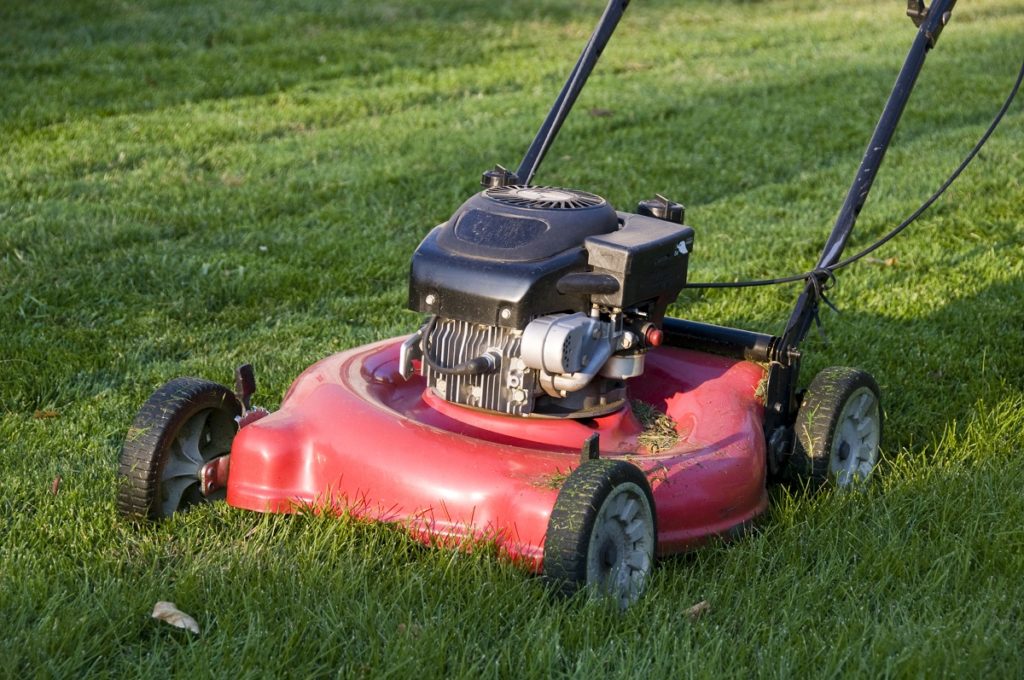
- Mow high – It’s best to mow your lawn frequently (about once a week), as cutting too much off at once can stress the grass. Aim to set your mower height to 5-6 cm, as this height allows most lawns to develop deep roots. Taller grass provides better shading for roots, enabling them to better hold on to water. You want to aim to remove about one third of the grass length with each mowing. When you finish mowing, leave the clippings on your lawn to return moisture and nutrients to the soil in your yard. Avoid the urge to cut your grass too short, as this can cause a lot of damage to your lawn.
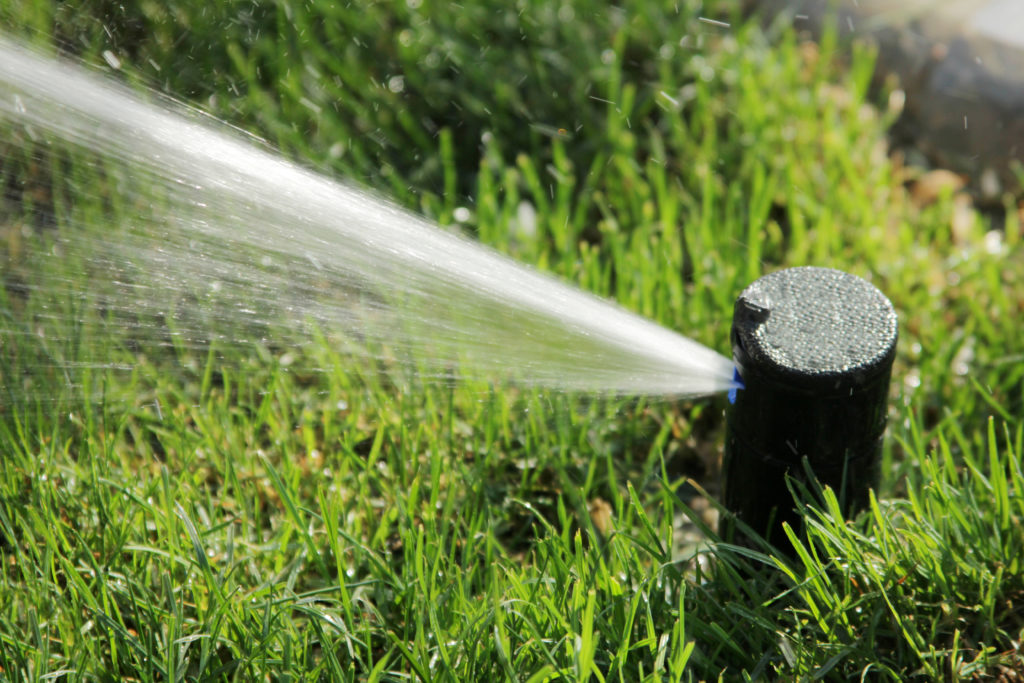
- Use a sprinkler, avoid the hose – Built-in sprinkler systems are great for watering the grass, so long as they’re properly installed and programmed. They’re the most efficient system, allowing you to water in cycles and specific zones. If you’re planning on staying in the same place for a number of years, a built-in system could be worth the investment. A pulsating sprinkler hooked up to your garden hose is the next best option, as it will shoot out water horizontally at a high velocity, reducing the amount of water loss from wind and evaporation that you might find with an oscillating sprinkler.
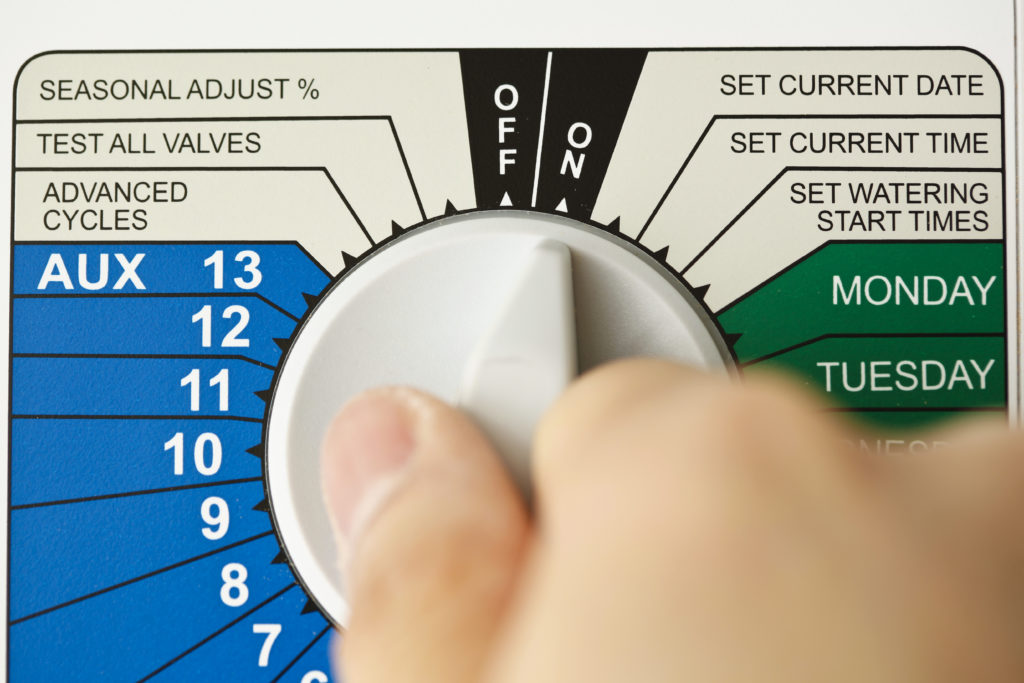
- Use a timer – Sprinkler timers are inexpensive and offer the convenience of having the water turn off automatically after a designated time. They’ll ensure your lawn gets the appropriate amount of water, and it takes the pressure out of watching the clock to remember to shut the water off.
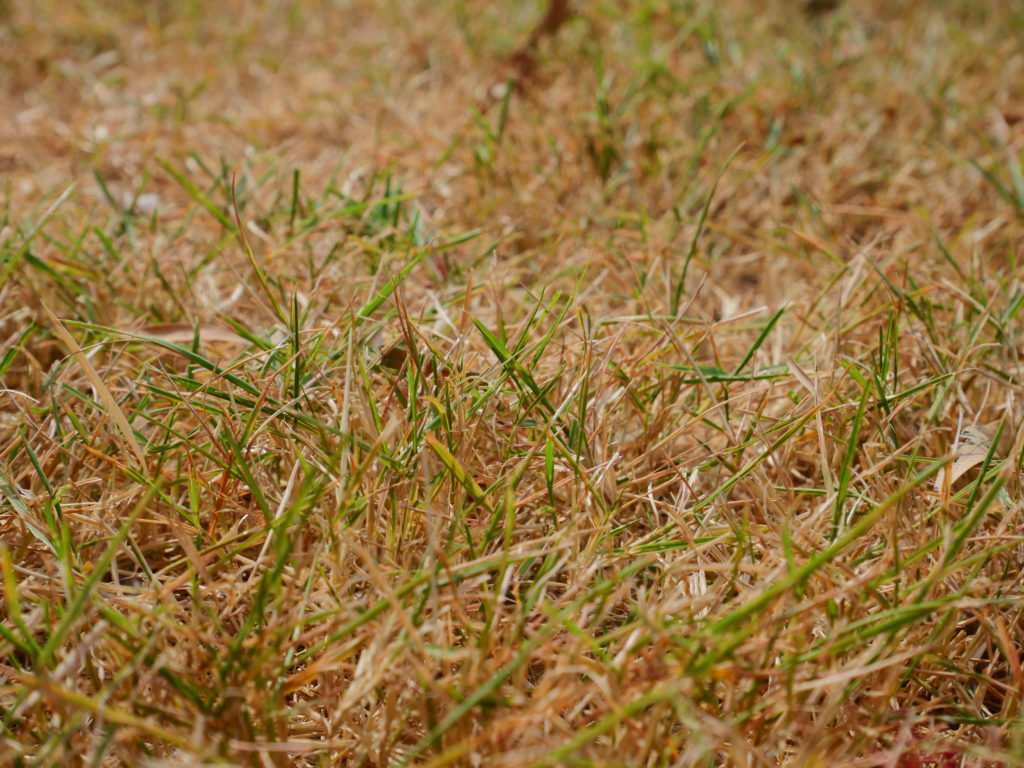
- Let it yellow – If you don’t want to water your lawn regularly during the summer months, you can let it go dormant like it does in the wintertime. It won’t harm the grass, and your lawn will come back naturally after a good rain.

- Consider lawn alternatives – Consider drought-happy fescues as an alternative to conventional turn varieties. If you are interested in a yard that is less affected by weather or thrives in certain conditions, visit www.growgreenguide.ca for innovative lawn ideas. You’ll find growing guides for micro clover, moss lawns, and others.
During summer and early fall in Metro Vancouver, our water use can increase by over 50%, mostly due to lawn watering and other outdoor uses. To manage demand for drinking water during the hotter drier months, Metro Vancouver launches annual region-wide watering regulations. Under the watering regulations, watering lawns is permitted only in the morning and on certain days. Use the tips provided in this article to help maintain a healthy lawn during the summer while adhering to the region-wide regulations.
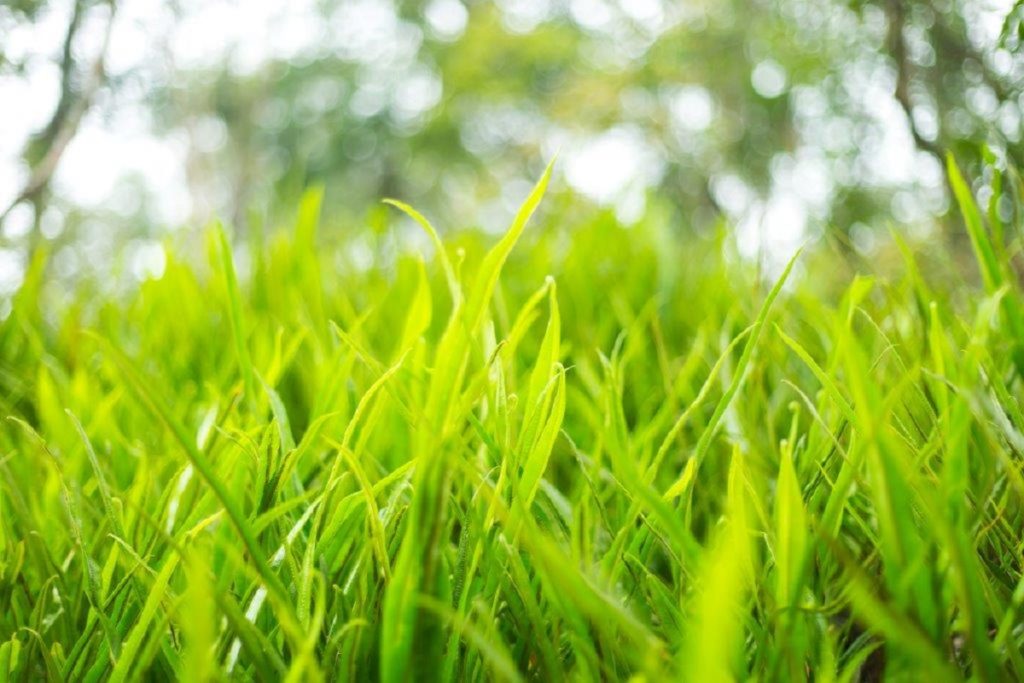
Learn more:


